When considering a pet tortoise, one of the most remarkable aspects to understand is their extraordinary lifespan. Unlike dogs, cats, or smaller pets that may accompany us for a decade or two, tortoises represent a commitment that can span generations. Some species can live well beyond 100 years, potentially outliving their owners and becoming family heirlooms passed down to children and grandchildren. This remarkable longevity makes tortoises unique in the pet world, offering companionship that can last a lifetime—and beyond. Before bringing one of these gentle reptiles into your home, it’s essential to fully understand what their lifespan means for your long-term responsibilities, planning, and care arrangements.
The Remarkable Longevity of Tortoises
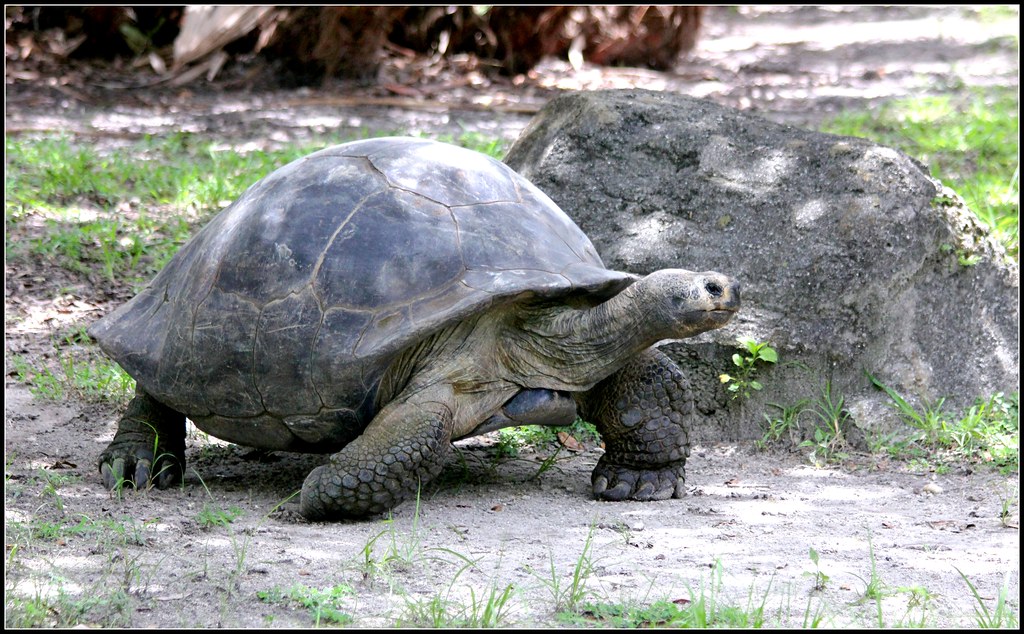
Tortoises stand out in the animal kingdom as some of the longest-living vertebrates on Earth. Their slow metabolism, protective shells, and evolutionary adaptations have contributed to lifespans that can range from 50 to over 150 years, depending on the species. The Aldabra giant tortoise and Galápagos tortoise are among the longest-living species, with verified specimens surpassing 150 years. Even smaller pet species like the Russian tortoise can live 40-50 years, while Mediterranean species like Greek and Hermann’s tortoises routinely reach 75-100 years of age. This extraordinary longevity means that a tortoise purchased as a hatchling today might still be alive in the 22nd century, outliving not just its original owner but potentially several generations of a family.
Lifespan Variations Among Common Pet Tortoise Species
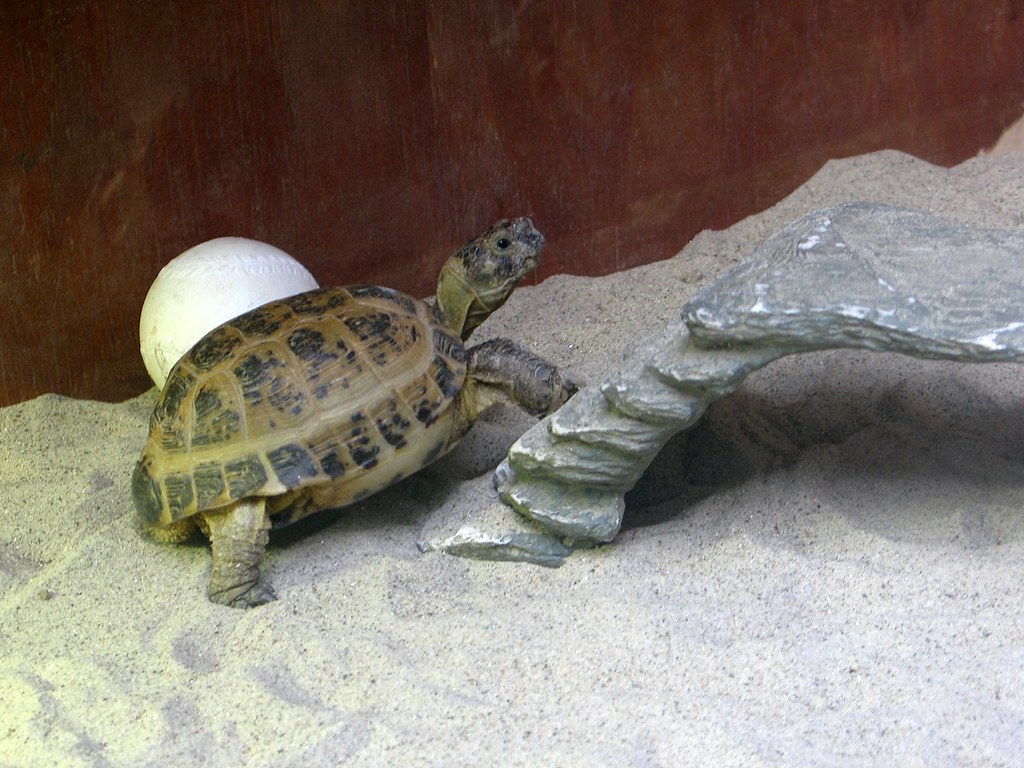
Different tortoise species exhibit significant variations in their expected lifespans, which is crucial information for prospective owners. Russian (or Horsfield’s) tortoises, popular in the pet trade due to their smaller size, typically live 40-50 years with proper care. Mediterranean species such as Hermann’s, Greek, and Marginated tortoises commonly reach 75-100 years. Sulcata (African spurred) tortoises, despite being common in the pet trade, can live 70-100+ years and grow extremely large, making them a particularly serious commitment. Red-footed and yellow-footed tortoises from South America generally live 50-90 years in captivity. The variation in lifespan should be a primary consideration when selecting a species, as it directly impacts the long-term commitment you’re making and the need for potential succession planning.
Factors Affecting Tortoise Longevity in Captivity
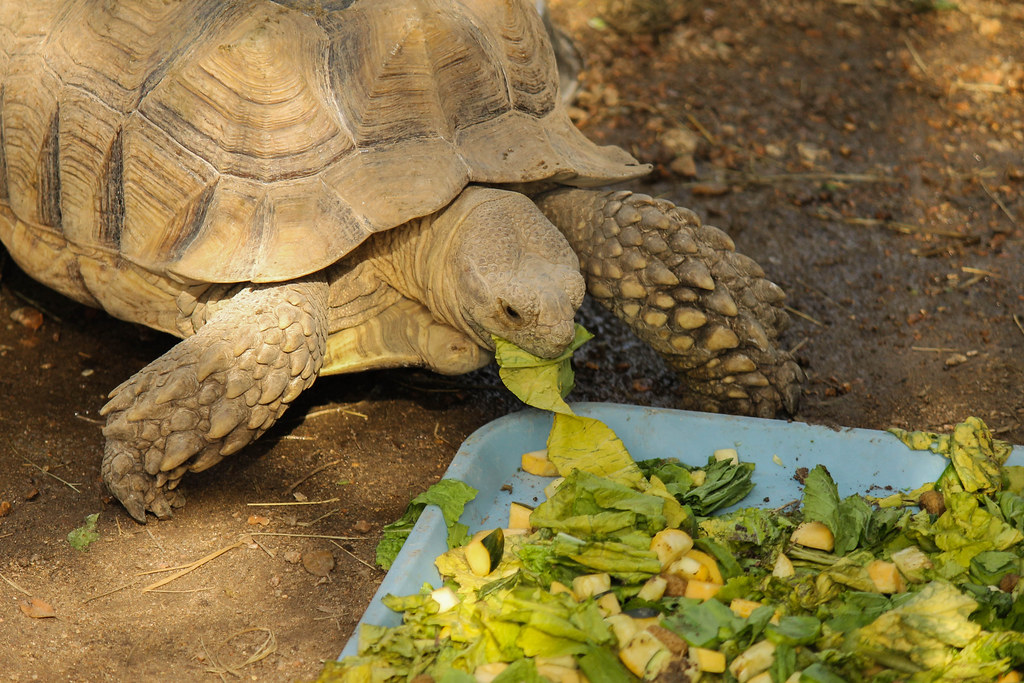
The potential lifespan of a captive tortoise is heavily influenced by several key factors within an owner’s control. Diet stands as perhaps the most critical element, with improper nutrition leading to metabolic bone disease, shell deformities, and shortened lifespans. Environmental conditions, including appropriate temperature gradients, UVB exposure, and humidity levels specific to each species, directly impact immune function and overall health.
Housing that provides adequate space for exercise, proper substrate for natural behaviors, and protection from predators or hazards significantly affects long-term wellbeing. Access to veterinary care from exotic specialists who understand reptile medicine can catch health issues before they become life-threatening. Additionally, tortoises that experience chronic stress from improper handling, inadequate hiding spaces, or cohabitation with incompatible individuals may suffer immune suppression and reduced longevity, even if other care aspects are appropriate.
The Commitment: Planning for Decades of Care
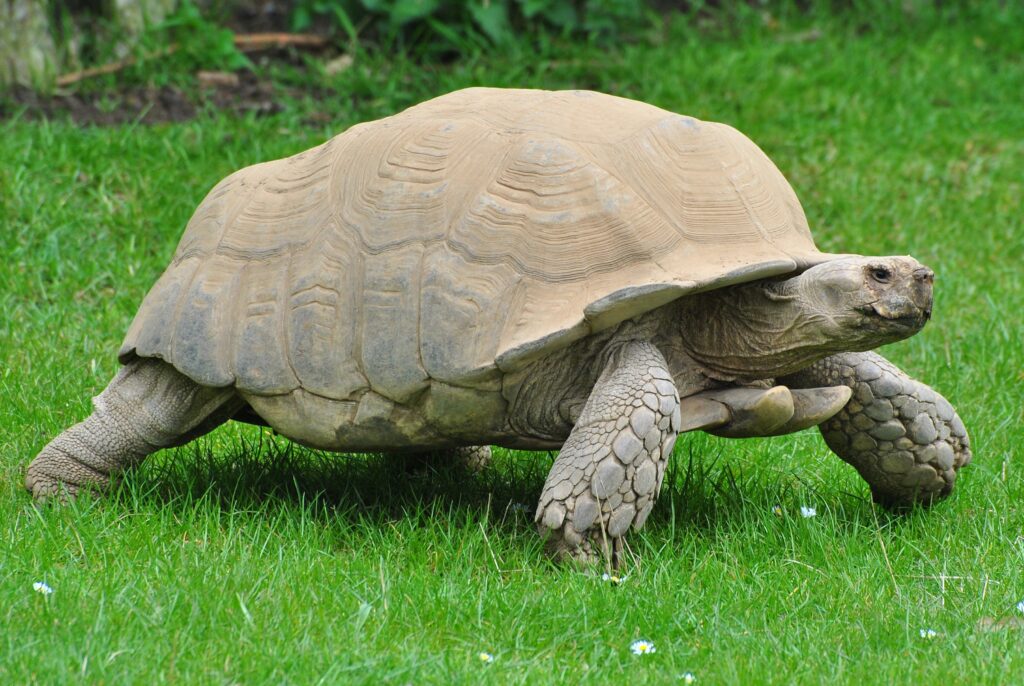
Adopting a tortoise requires a level of forward planning that few other pets demand. Prospective owners must honestly assess their ability to provide consistent care for potentially 50+ years, considering factors like housing stability, financial resources for long-term care, and lifestyle compatibility. Creating a dedicated space that can accommodate a growing tortoise for decades requires thoughtful design and potential home modifications, especially for larger species like Sulcatas that require substantial outdoor enclosures.
Financial planning should account for ongoing expenses including specialized diets, substrate materials, electricity for heating and lighting, regular veterinary check-ups, and potential medical emergencies over many decades. Many responsible tortoise keepers establish care trusts or specific provisions in their wills to ensure their tortoise’s needs will be met if the owner passes away before the animal does, highlighting the unique long-term commitment these reptiles represent.
Succession Planning: When You Can’t Provide Lifelong Care
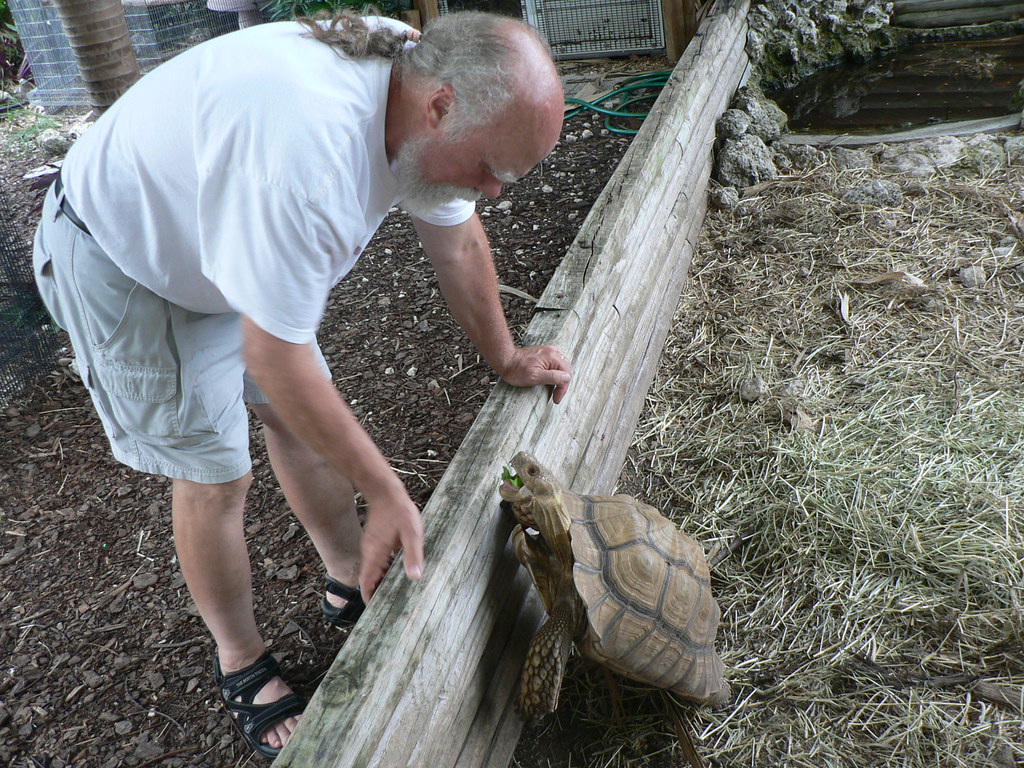
Given that tortoises often outlive their owners, responsible care includes establishing a succession plan for your shelled companion. This begins with identifying qualified individuals—family members or friends—who understand tortoise husbandry and are willing to make a formal commitment to assume care if necessary. Thoroughly documenting your tortoise’s specific care requirements, medical history, dietary preferences, and behavioral patterns creates a valuable resource for future caregivers.
Some owners establish pet trusts with designated trustees and caregivers, allocating financial resources specifically for the tortoise’s ongoing care expenses. Connecting with tortoise rescue organizations or herpetological societies that might serve as backup placement options if personal arrangements fall through provides an additional safety net. Responsible succession planning ensures your tortoise won’t end up abandoned, rehomed to unprepared caregivers, or euthanized due to lack of options after you’re no longer able to provide care.
Growth Patterns and Age Determination
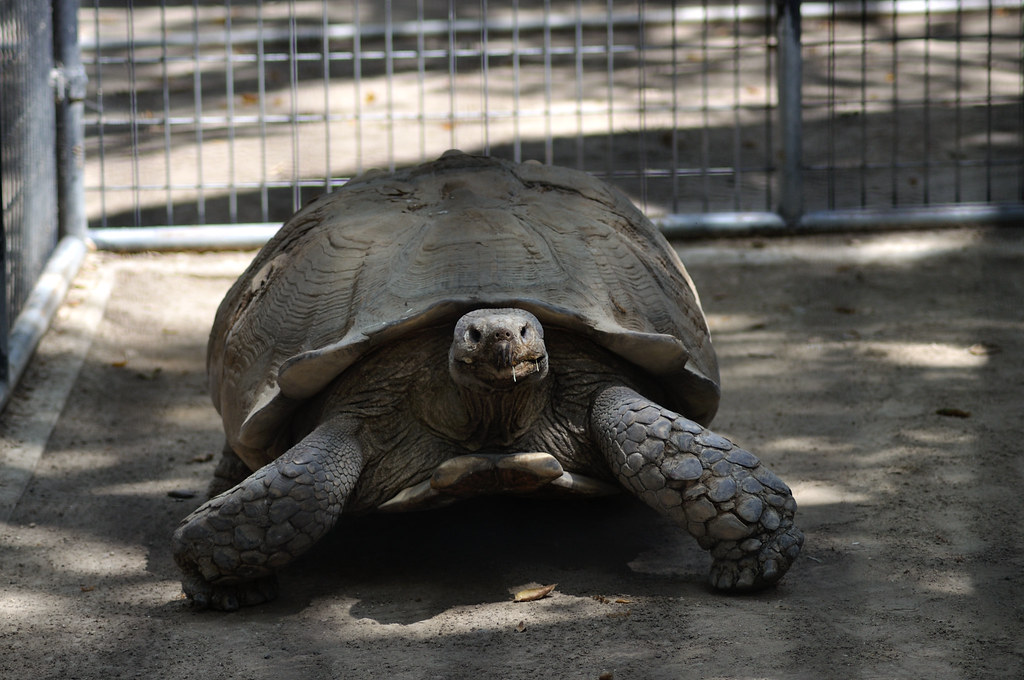
Understanding tortoise growth patterns helps owners gauge whether their pet is developing properly and provides insight into approximate age. Unlike mammals, tortoises exhibit indeterminate growth, continuing to grow throughout their lives, though the rate slows significantly with age. Young tortoises typically grow rapidly for the first 5-10 years, with growth rates varying dramatically between species—Sulcatas might gain several inches per year, while Russian tortoises grow much more slowly.
Age determination in tortoises can be challenging, especially for wild-caught specimens, though counting scute rings (similar to tree rings) can provide rough estimates in younger animals before the rings begin to wear smooth. For captive-bred specimens with known hatch dates, accurate age records should be maintained and transferred with the animal if ownership changes. Growth rates and ultimate size potential should factor heavily into species selection, as a tortoise that grows too large for its environment often faces health complications that reduce its potential lifespan.
Dietary Requirements for Longevity
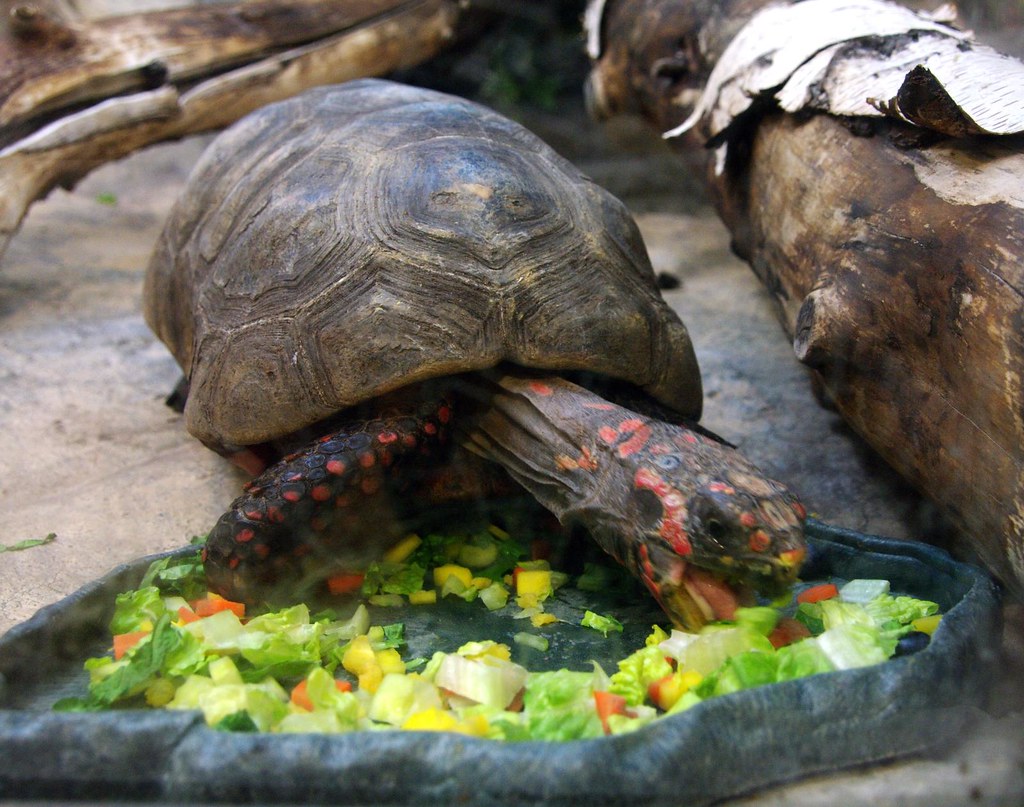
Proper nutrition forms the cornerstone of tortoise longevity, with dietary requirements varying significantly between species based on their natural habitats. Mediterranean and Russian tortoises thrive on high-fiber, low-protein diets consisting primarily of grasses, weeds, and leafy greens, with occasional flowers and very limited fruit. Tropical species like red-footed tortoises require more variety, including some protein and fruit in addition to greens. All tortoises benefit from calcium supplementation to support healthy shell and bone development, typically provided through cuttlebone or reptile-specific calcium supplements.
Common dietary mistakes that compromise longevity include overfeeding protein (causing kidney damage), offering too much fruit (leading to digestive issues), or providing nutritionally poor diets based on iceberg lettuce or other low-value greens. Maintaining proper hydration through regular soaking and access to fresh water also plays a crucial role in supporting kidney function and overall health throughout a tortoise’s long life.
Housing Evolution: Accommodating Growth Over Decades
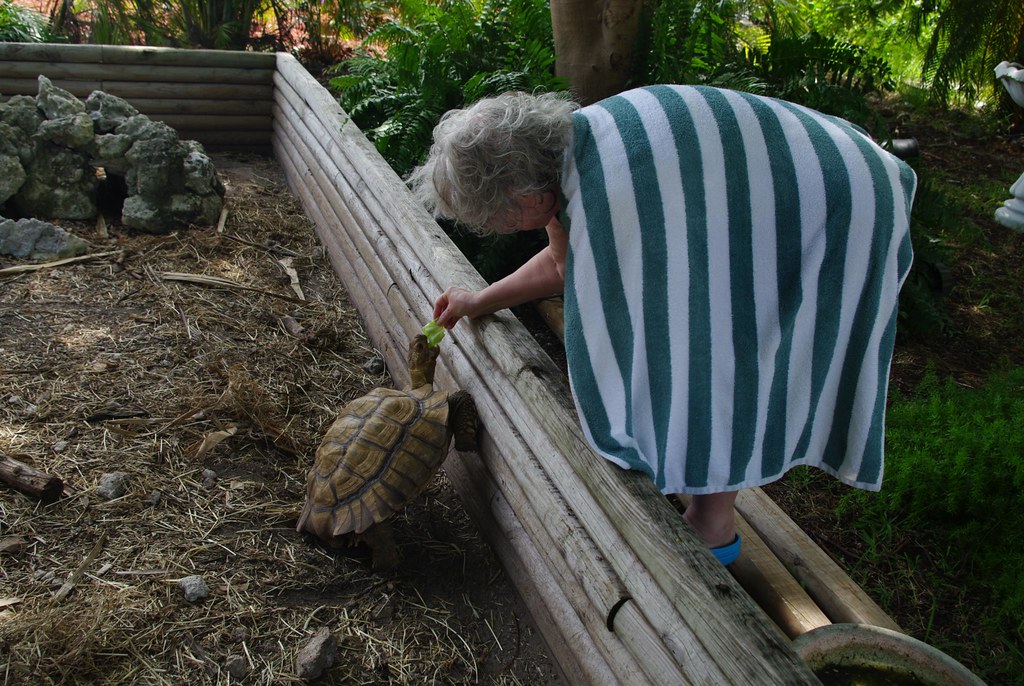
A tortoise’s housing needs evolve dramatically throughout its lifespan, requiring owners to plan for significant habitat modifications over decades. Hatchlings often start in relatively small enclosures with carefully controlled temperatures and humidity, but quickly outgrow these initial setups within a few years. Mid-sized juveniles require progressively larger enclosures with appropriate temperature gradients, UVB lighting, secure boundaries, and enrichment opportunities through varied terrain and hiding spots. Adult housing represents the most significant commitment, particularly for larger species—a Sulcata tortoise may ultimately require hundreds of square feet of secure outdoor space with appropriate shelter from weather extremes.
Indoor/outdoor housing arrangements must often evolve seasonally in temperate climates, with heated indoor accommodations during colder months and access to natural sunlight and grazing opportunities during warmer periods. The substantial space requirements of adult tortoises, which may persist for 50+ years, represents one of the most challenging aspects of their long-term care and should be carefully considered before bringing home even a tiny hatchling.
Health Monitoring Across the Decades

Maintaining tortoise health over their extensive lifespan requires vigilant monitoring and preventative care approaches that evolve as the animal ages. Annual veterinary check-ups with exotic animal specialists should include fecal examinations for parasites, shell and body condition assessments, and weight monitoring to track growth patterns. Owners should conduct regular home health checks, examining eyes, nostrils, and mouth for discharge, monitoring shell condition for signs of metabolic bone disease or shell rot, and observing activity levels and eating habits that might indicate developing problems.
As tortoises age, they may develop age-related conditions including arthritis, cataracts, or decreased organ function, requiring adjustments to their care regimen. Establishing a relationship with an experienced reptile veterinarian early in ownership provides continuity of care and builds medical history documentation that will be valuable throughout the tortoise’s life and for subsequent caretakers if ownership transfers.
Ethical Considerations of Long-Lived Pets
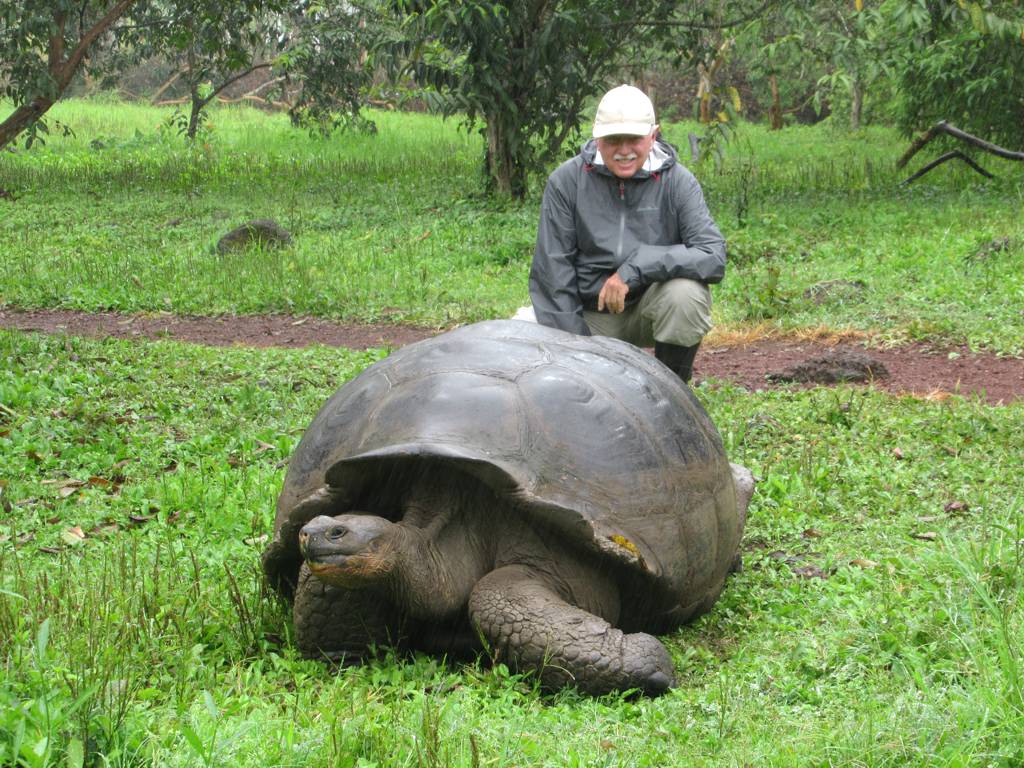
The extraordinary lifespan of tortoises raises unique ethical questions that potential owners must thoughtfully consider. The intergenerational commitment inherent in tortoise ownership means current decisions may impact both the animal and future caretakers for decades to come. Species selection carries significant ethical weight—choosing a Sulcata tortoise that may live 100 years and grow to 100+ pounds requires more careful succession planning than selecting a smaller, shorter-lived species.
The environmental impact of long-lived exotic pets must also be considered, including the potential for escaped or released tortoises to establish invasive populations in suitable climates. The exotic pet trade itself raises ethical concerns, with wild-caught specimens still entering the market despite availability of captive-bred alternatives; choosing responsibly sourced animals from reputable breeders helps address these issues. Ultimately, ethical tortoise ownership requires balancing the desire for an exotic pet against the realistic capacity to provide appropriate lifelong care or ensure suitable alternative arrangements.
Record-Breaking Tortoise Centenarians
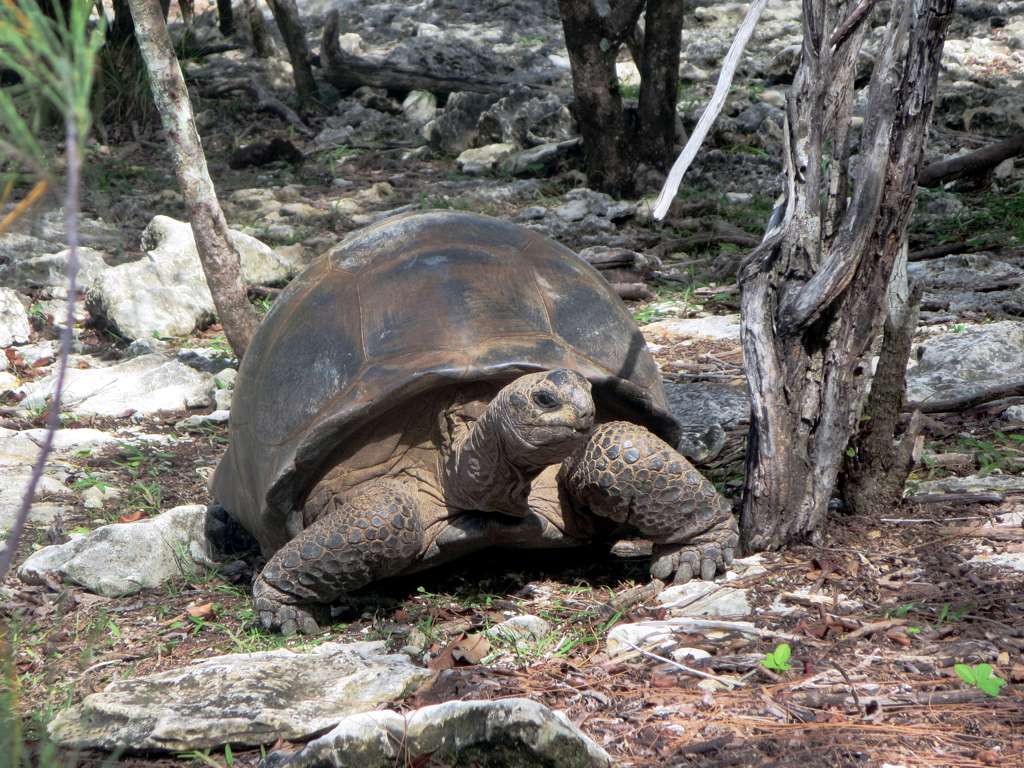
The world’s oldest documented tortoises provide remarkable examples of these reptiles’ longevity potential. Jonathan, a Seychelles giant tortoise living on the island of Saint Helena, holds the Guinness World Record as the oldest living land animal at an estimated 191 years old (as of 2023), having been photographed as an adult in 1886. Tu’i Malila, a radiated tortoise given to the Tongan royal family by Captain James Cook in 1777, lived to the verified age of 188 years.
Adwaita, an Aldabra giant tortoise that reportedly belonged to General Robert Clive of the British East India Company, was estimated to be around 255 years old when he died at the Alipore Zoological Gardens in 2006. These extraordinary examples demonstrate not just the biological capabilities of tortoises, but also their potential to connect human generations across centuries when properly cared for. While pet tortoises may not reach these extreme ages, many well-cared-for individuals routinely live 80-100 years, spanning multiple human generations.
Legal Considerations for Long-Lived Exotic Pets

The extended lifespan of tortoises intersects with various legal considerations that owners must navigate over decades of care. Many tortoise species are protected under the Convention on International Trade in Endangered Species (CITES), requiring proper documentation to prove legal acquisition and complicating international moves with a pet tortoise. Local and national regulations regarding exotic pet ownership change over time, potentially affecting the legality of keeping certain species decades after initial acquisition.
Housing requirements may conflict with local zoning or homeowners association regulations, particularly for larger species that require substantial outdoor enclosures. Estate planning takes on added importance with long-lived pets, requiring specific legal provisions to ensure proper care after an owner’s death, including potential pet trusts with designated trustees and caregivers. Staying informed about evolving regulations throughout a tortoise’s life and maintaining proper documentation of legal acquisition helps avoid complications that could threaten the animal’s welfare or living situation.
Conclusion: The Rewarding Challenge of Tortoise Companionship
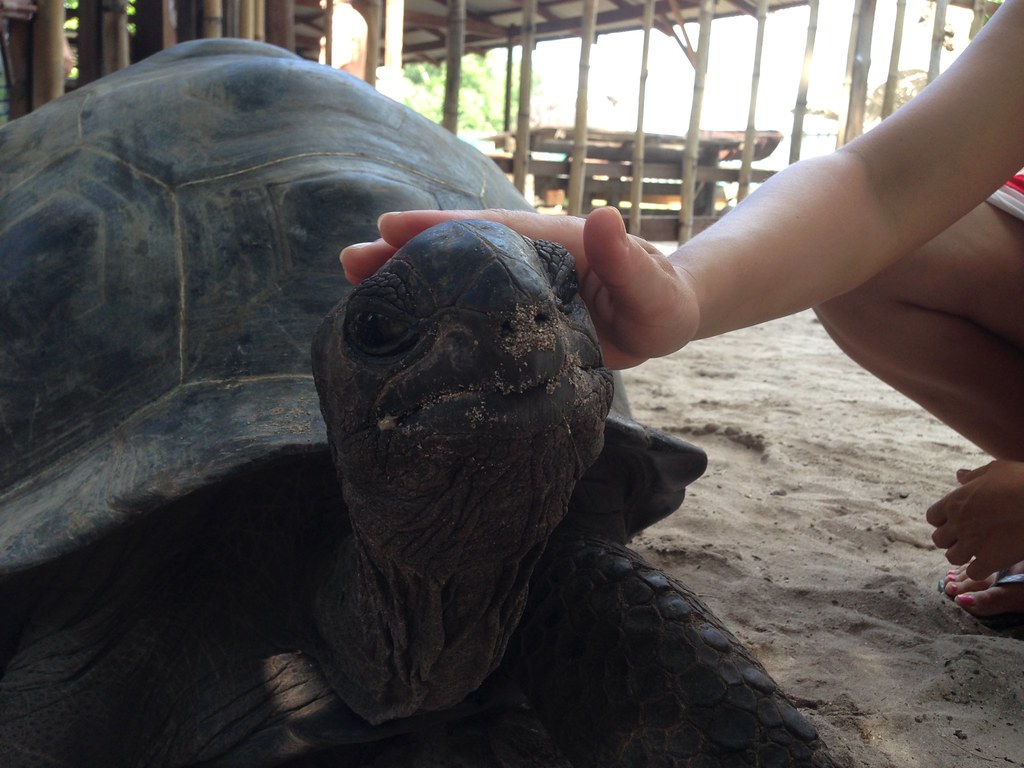
Owning a tortoise represents one of the most unique long-term commitments in the pet world, challenging owners to think beyond their own lifetimes and plan for an animal that may outlive them by decades. This extraordinary lifespan, while daunting in its responsibilities, also offers remarkable rewards—the opportunity to form a bond with a creature that connects generations, the privilege of observing the subtle growth and personality development of an animal over many decades, and the satisfaction of providing exemplary care for a species that has evolved to survive for centuries.
Responsible tortoise ownership means embracing this challenge fully: selecting an appropriate species, creating adaptable housing solutions, establishing succession plans, and maintaining meticulous care throughout the animal’s life. For those prepared to meet these demands, tortoises offer a truly special form of companionship that spans human generations, creating a living legacy that can be passed down with pride to children and grandchildren who will continue the stewardship of these remarkable reptiles.


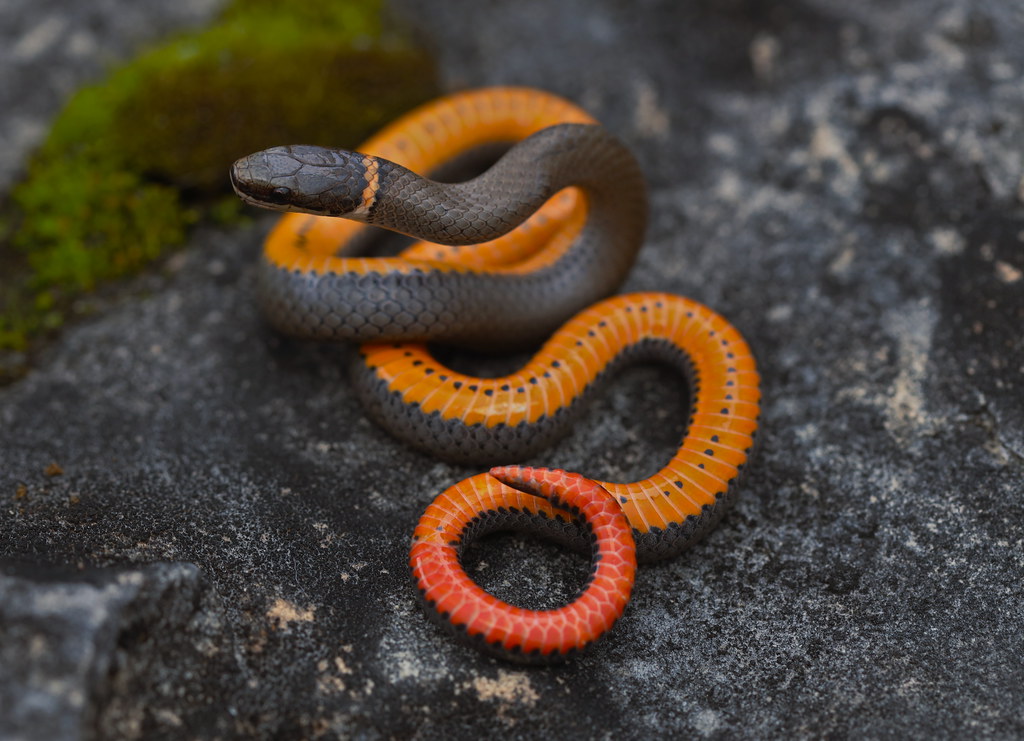
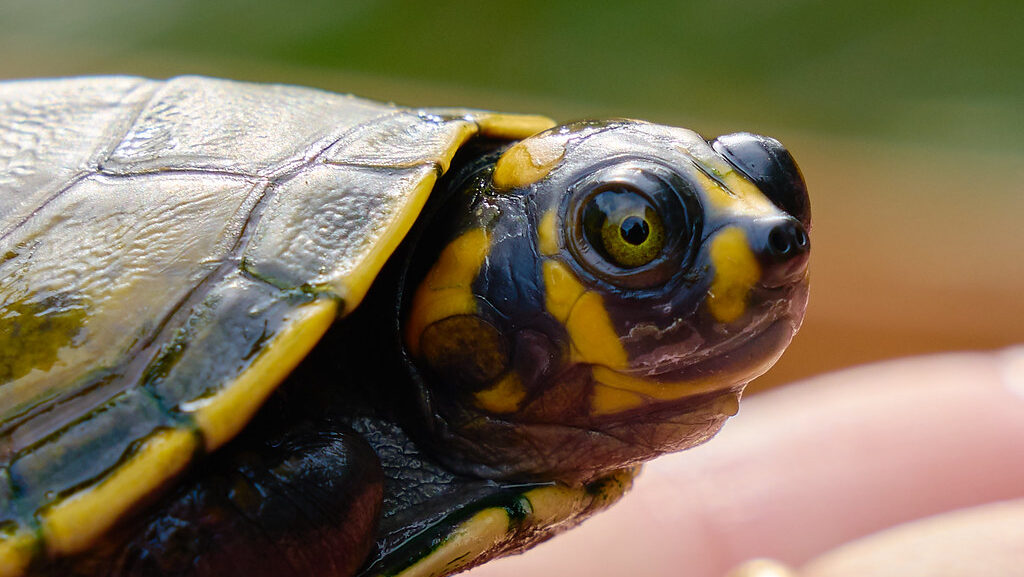
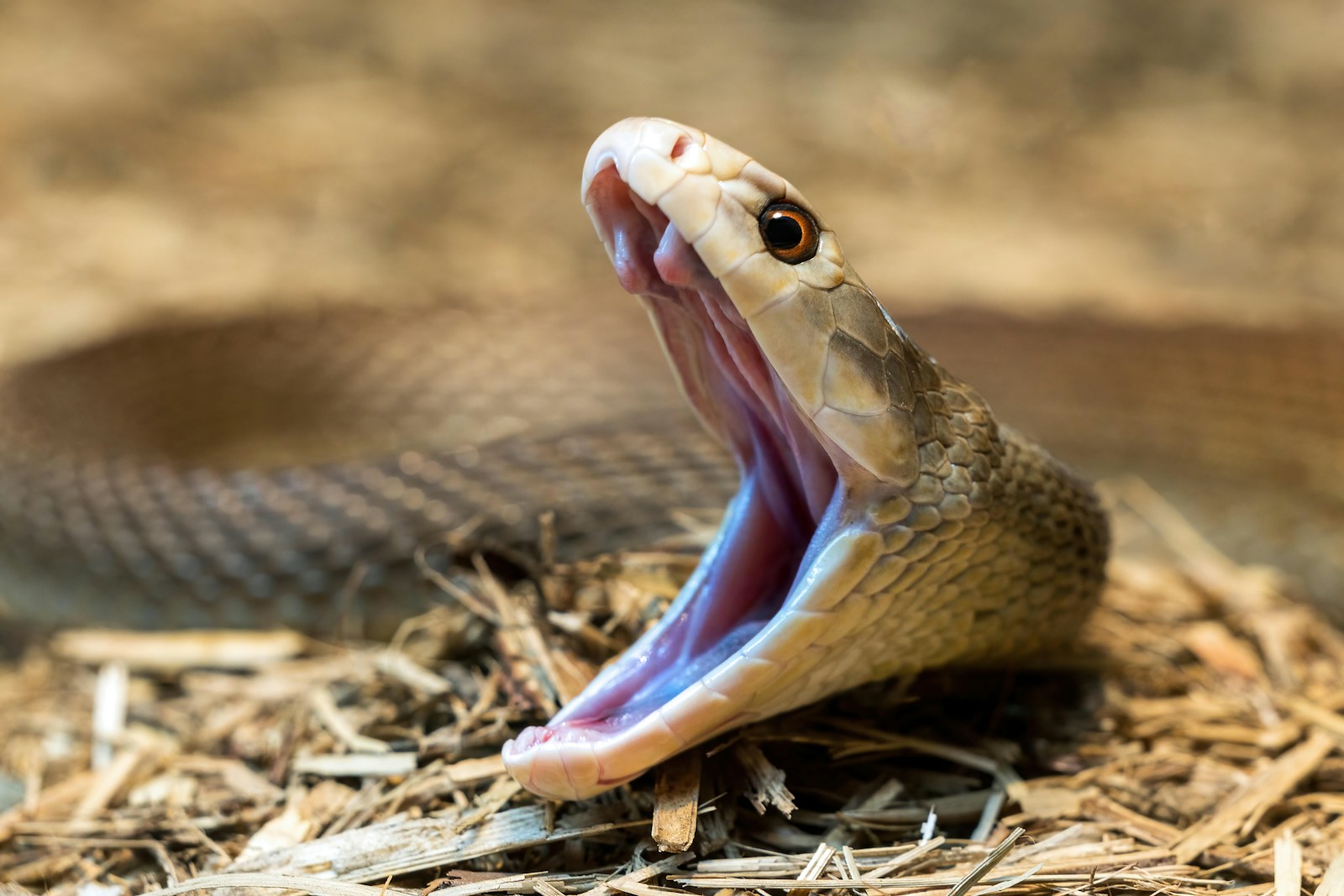
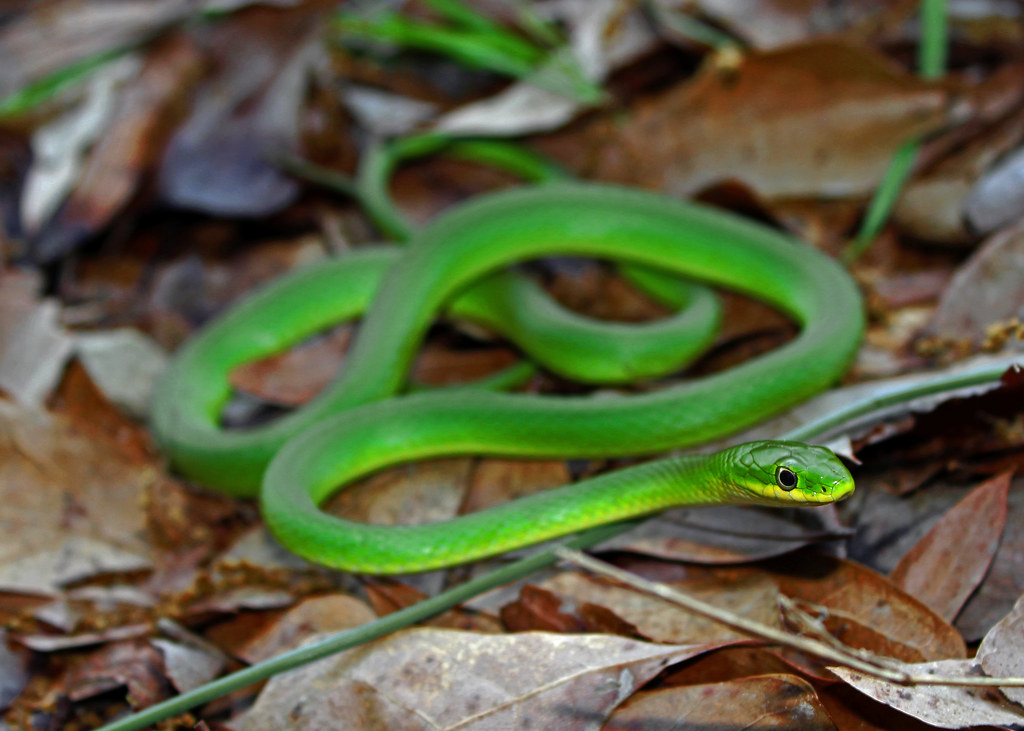
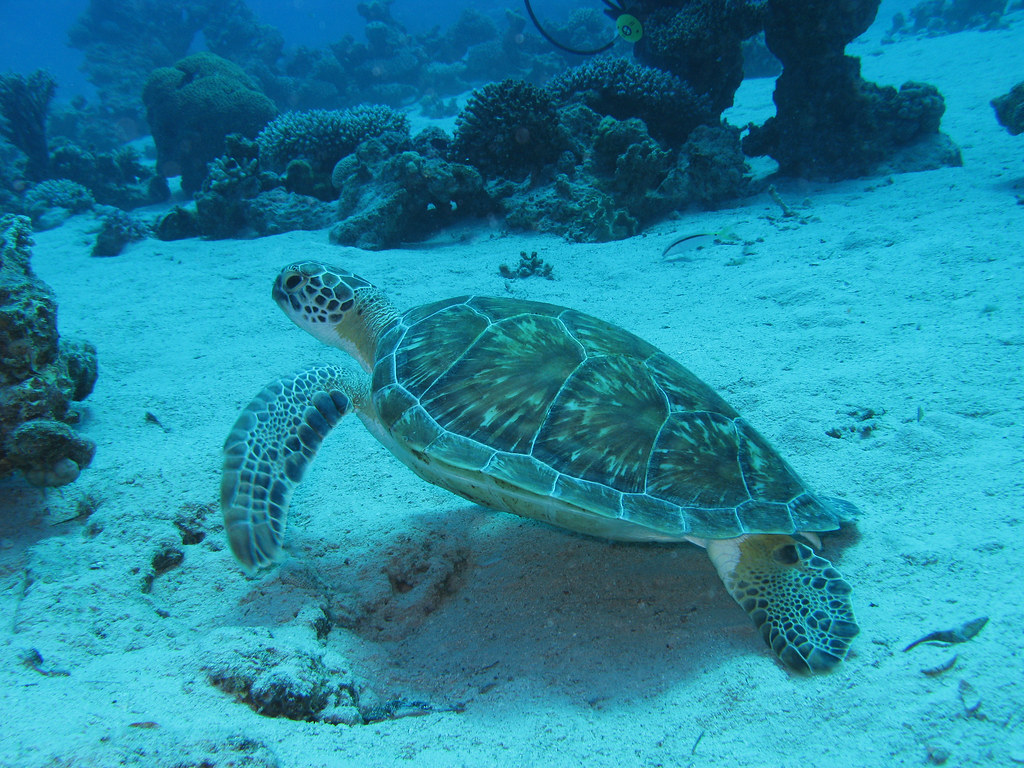
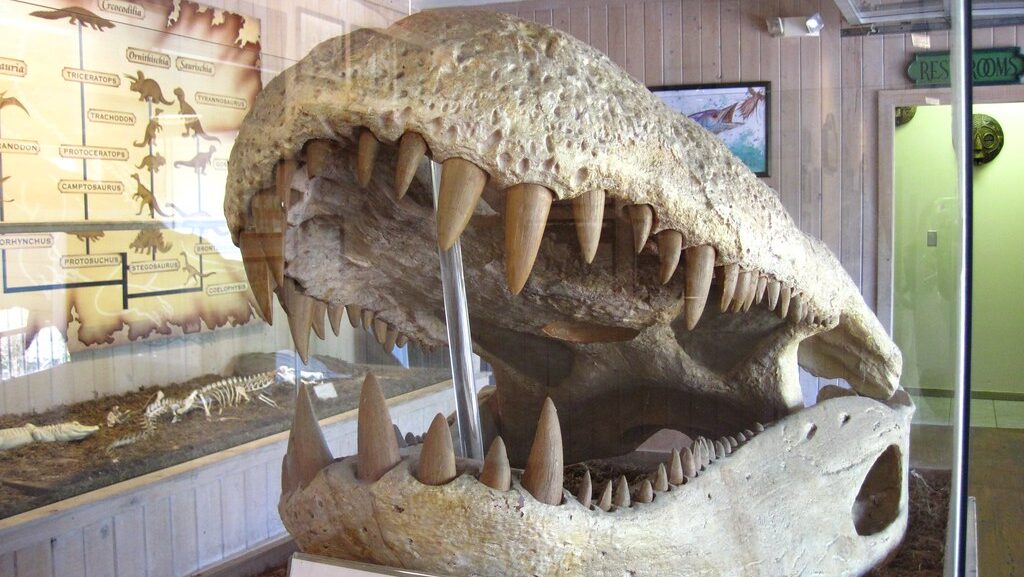
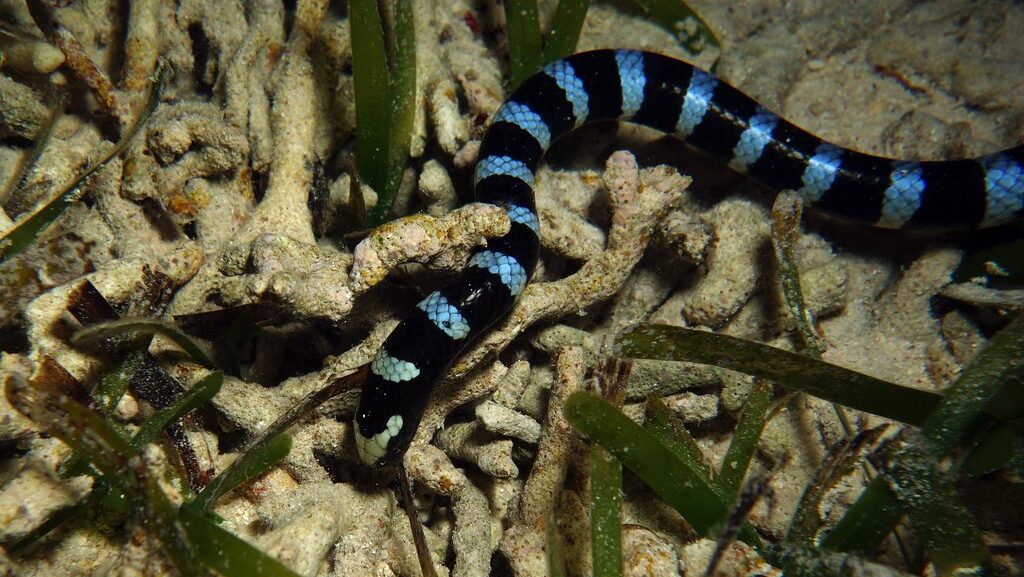
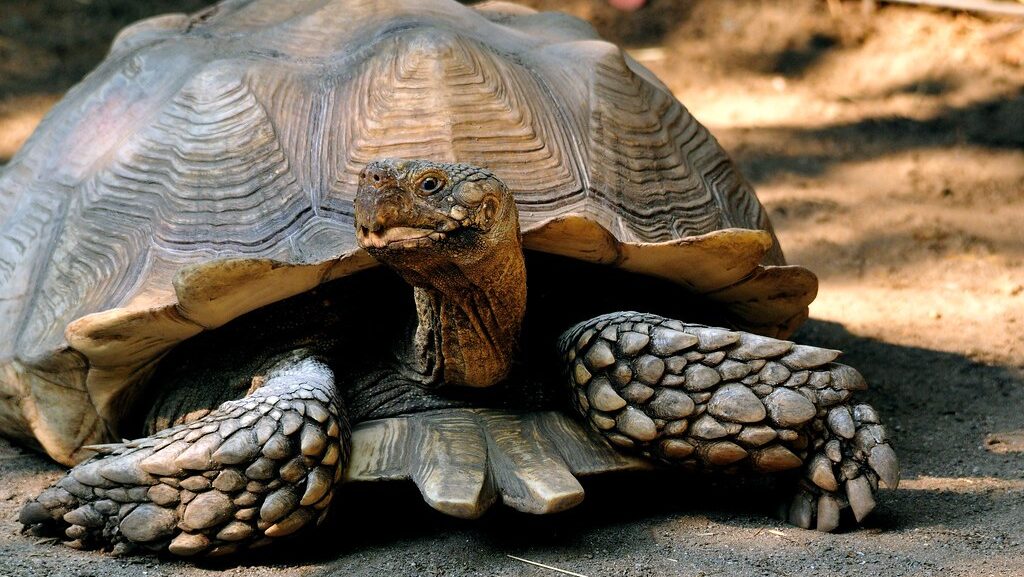




Leave a Reply